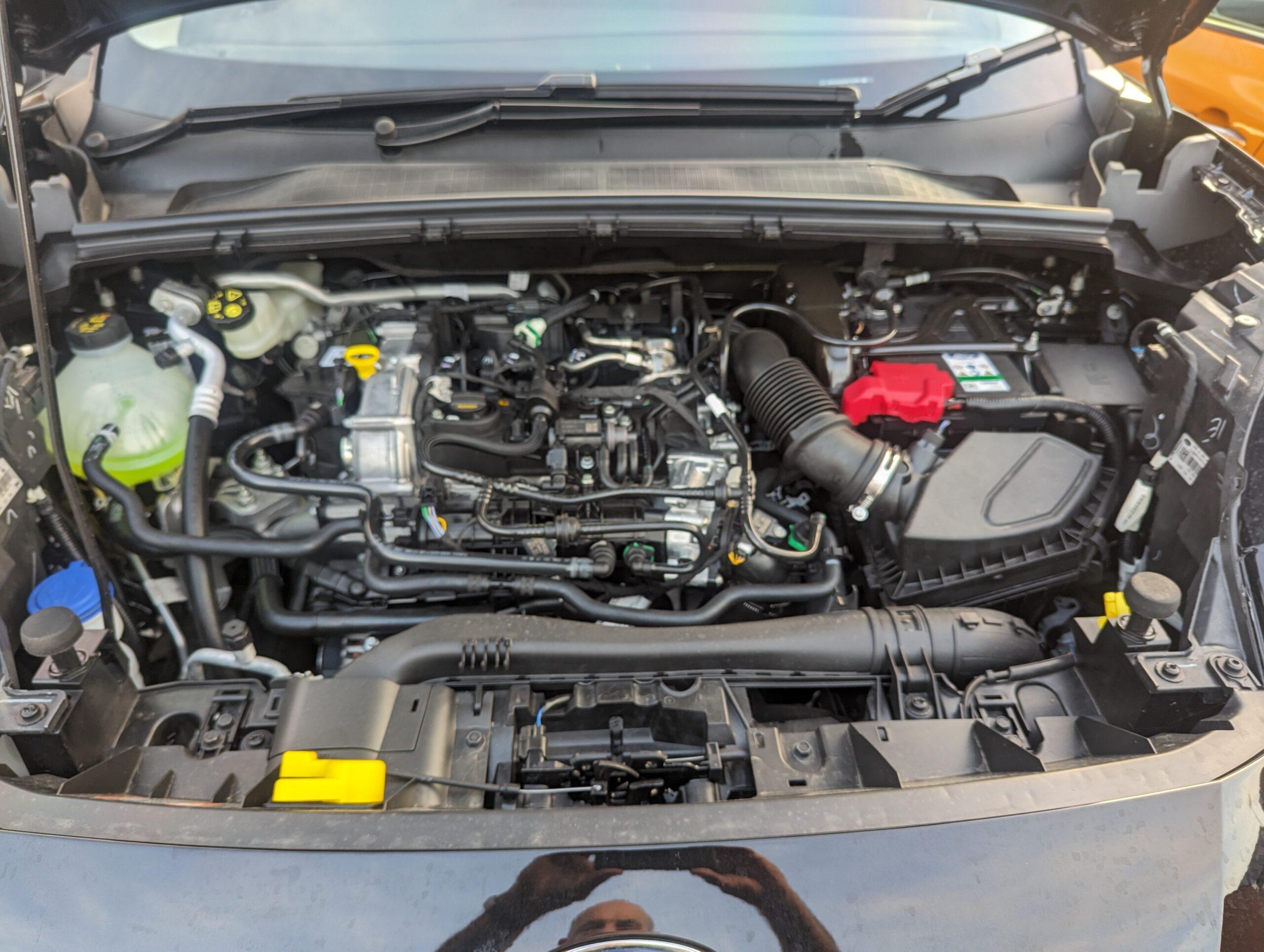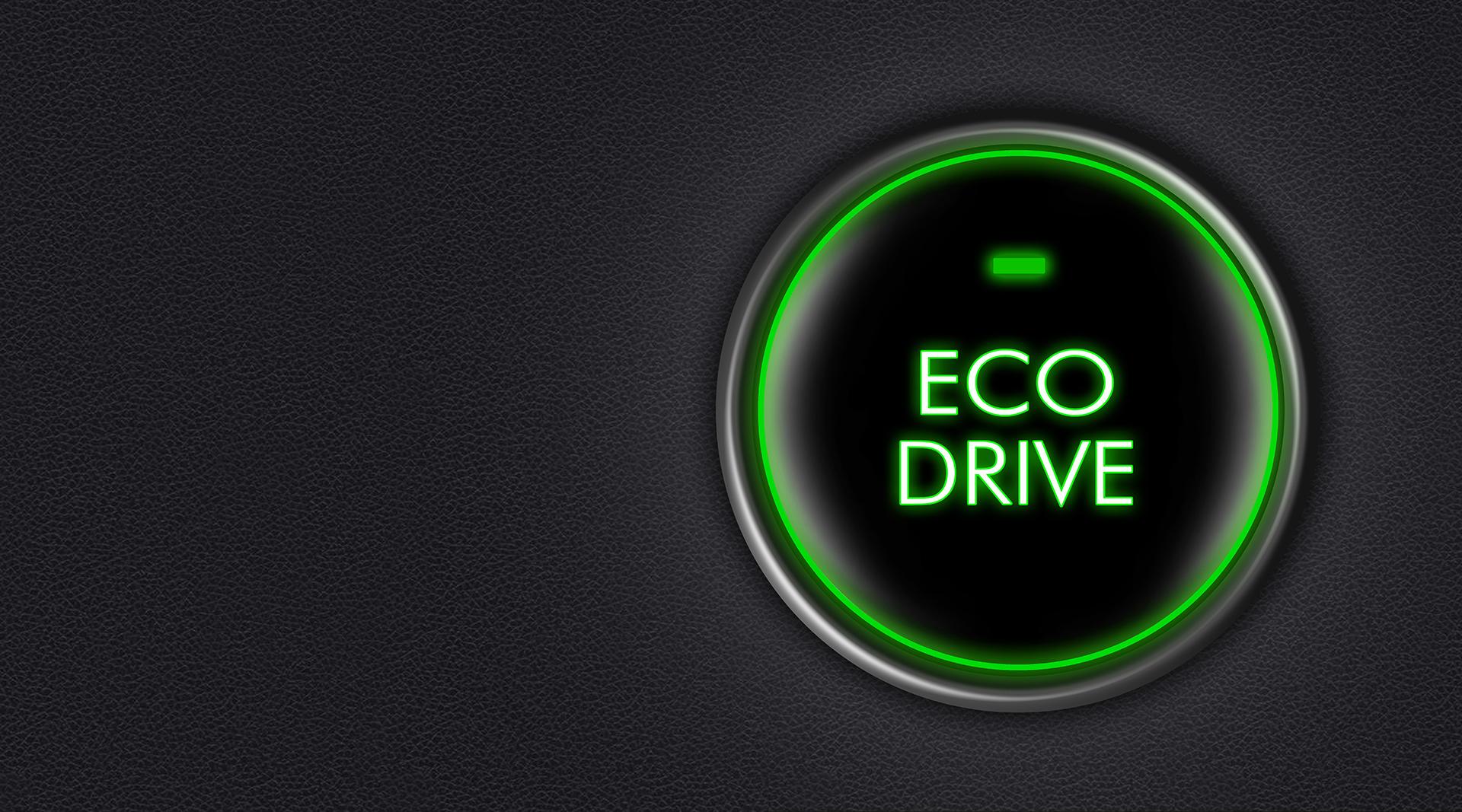The eco-safe driving bubble concept is a strategy that encourages drivers to maintain a safety buffer zone around their vehicle. This approach promotes both fuel efficiency (eco-driving) and safety. The “bubble” refers to the space you create around your car to ensure you have adequate time to react to various driving conditions and avoid sudden maneuvers.
Key Principles of the Eco-Safe Driving Bubble
- Maintaining Distance:
- Front and Rear: Keep a safe distance from the vehicle in front of you, typically a minimum of 2-3 seconds under normal conditions. This can be increased in adverse weather or heavy traffic.
- Sides: Ensure there is enough space on either side of your vehicle to allow for maneuvering in case of an emergency or to avoid obstacles.
- Anticipating Traffic Flow:
- Look ahead and anticipate changes in traffic flow, such as slowing down for red lights, stop signs, or congestion. This reduces the need for sudden braking or acceleration.
- Observing traffic patterns and predicting the actions of other drivers can help you maintain a smoother driving style.
- Smooth Acceleration and Deceleration:
- Gradually accelerate and decelerate to minimize fuel consumption and reduce wear and tear on your vehicle. This is easier to do when you have sufficient space around your car.
- Awareness of Surroundings:
- Constantly monitor your surroundings using mirrors and by checking blind spots. Being aware of other vehicles, pedestrians, and potential hazards helps you maintain the bubble.
- Speed Management:
- Drive at a consistent speed appropriate for the conditions. Avoid speeding, as higher speeds increase fuel consumption and reduce your reaction time.
- Use cruise control on highways to help maintain a steady speed and reduce fuel usage.
- Minimizing Lane Changes:
- Frequent lane changes can disrupt the traffic flow and increase the risk of accidents. Stay in your lane as much as possible and only change lanes when necessary.
- Efficient Route Planning:
- Plan your routes to avoid congested areas and peak traffic times. This can help you maintain a steady speed and reduce stop-and-go driving, which is less fuel-efficient.
Benefits of the Eco-Safe Driving Bubble
- Improved Fuel Efficiency: Smooth driving and maintaining a steady speed help optimize fuel consumption.
- Reduced Emissions: Efficient driving reduces the carbon footprint of your vehicle.
- Enhanced Safety: Keeping a safe distance and being aware of your surroundings reduces the risk of accidents.
- Less Wear and Tear: Gradual acceleration and deceleration reduce strain on the engine, brakes, and tires, potentially extending the lifespan of these components.
- Stress Reduction: Anticipating traffic flow and maintaining a buffer zone can lead to a more relaxed driving experience.
Implementing the Eco-Safe Driving Bubble
To effectively implement the eco-safe driving bubble, start by practicing the following:
- Adjust your following distance: Increase the distance between your car and the one in front of you.
- Scan the road ahead: Look further down the road to anticipate changes in traffic and road conditions.
- Use gentle inputs: Apply the accelerator and brakes smoothly to avoid sudden changes in speed.
- Stay aware: Regularly check your mirrors and blind spots to be aware of other vehicles and obstacles.
By adopting these habits, you can create and maintain an eco-safe driving bubble, leading to a more efficient and safer driving experience.


